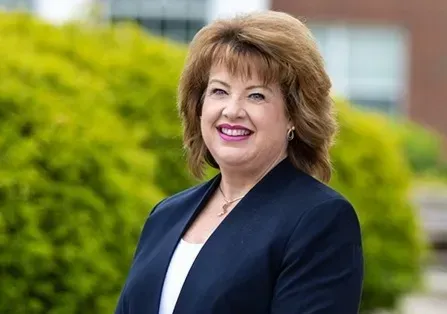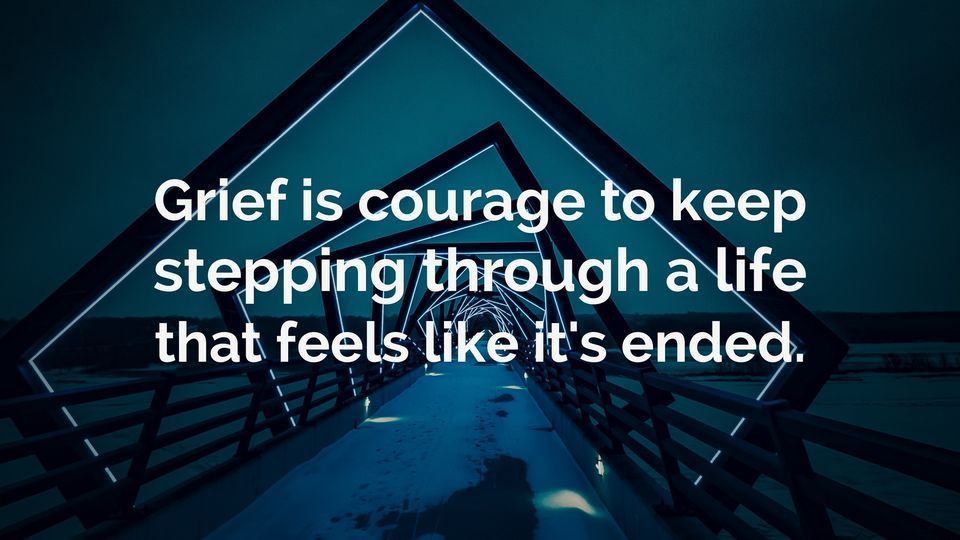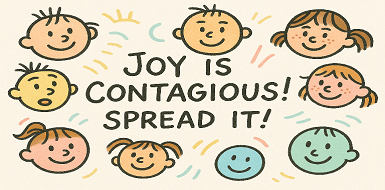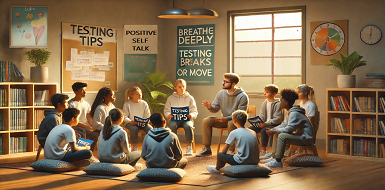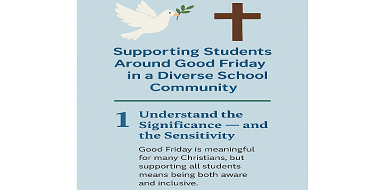Further Strategies to Respond to the Peer Pressure Riddle
So what, specifically, can we do as school counselors to help our students follow the “right” crowd?

It is our responsibility to be the type of counselor/leader/role model that has been described in the earlier blogs. But, we need to do more as well. It is our job as counselors to provide:
It is our job to get involved in our student’s lives and help them get involved in productive activities that allow them to grow and learn. Adolescents may act as if they do not want us as adults around, but they actually appreciate the care, compassion and even rules if extended appropriately.
What can you do if you feel your students are following the “wrong” crowd and may be falling into the “at risk” category?
This is a very tough one, because you are now doing repairs. It is so much easier to catch an issue before it becomes an obstacle. Now, you not only have to follow the above steps, but you first have to pull them back from this influence. This is much easier said than done, but I will to provide some guidelines.
- First, begin to develop a new group within the same context of their choice of friends. (This is where Small Group Counseling can help.) You could also talk to the parents about not forbidding their children to “hang out” with their current group of friends, but allowing get togethers at a party, the movies, a ball game, the park, the skating rink, their house, etc. With these activities, the parents can open the invitations up to some kids of your own choosing that share the family values. I have rarely see a child turn down a party.
- Second, with the encouragement of the above, these new friends become infused into the friend group and bring positive peer pressure. More exposure to these friends will build a stronger relationship with these new friends.
- Third, compliment the students on their personality or attitude when they are with this new group of friends. Although students do not show open signs that they still needs adult approval, we know from our studies that this is still a major need.
- Fourth, get family members involved in the school as well. We all know that parental involvement is the number indicator of student achievement. When a student is focused on school, they don’t have time to get involved in at risk activities.
- Fifth, have patience. This will take time!
I am a school counselor turned counselor educator, professor, and author helping educators and parents to build social, emotional, and academic growth in ALL kids! The school counseling blog delivers both advocacy as well as strategies to help you deliver your best school counseling program.

I'm a mother, grandmother, professor, author, and wife (I'll always be his). Until October 20, 2020, I lived with my husband, Robert (Bob) Rose, in Louisville, Ky. On that awful day of October 20,2020, my life profoundly changed, when this amazing man went on to Heaven. After Bob moved to Heaven, I embraced my love of writing as an outlet for grief. Hence, the Grief Blog is my attempt to share what I learned as a Counselor in education with what I am learning through this experience of walking this earth without him. My mission is to help those in grief move forward to see joy beyond this most painful time.
